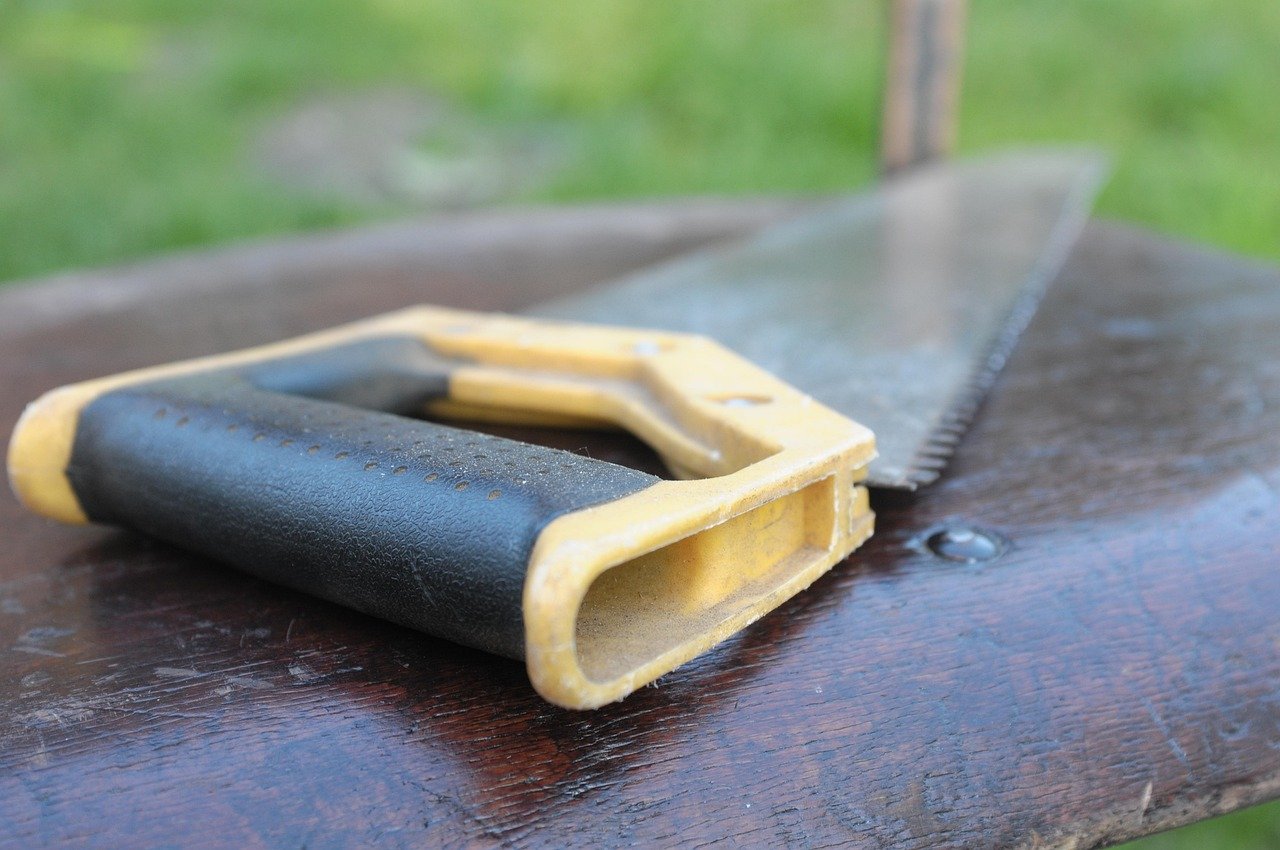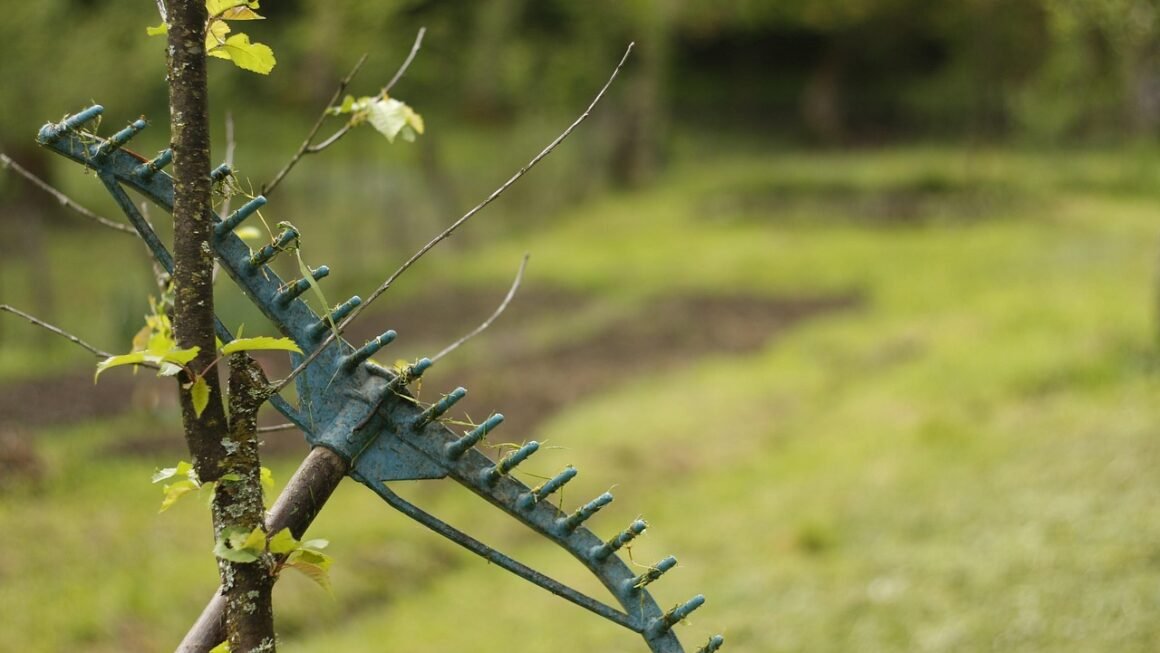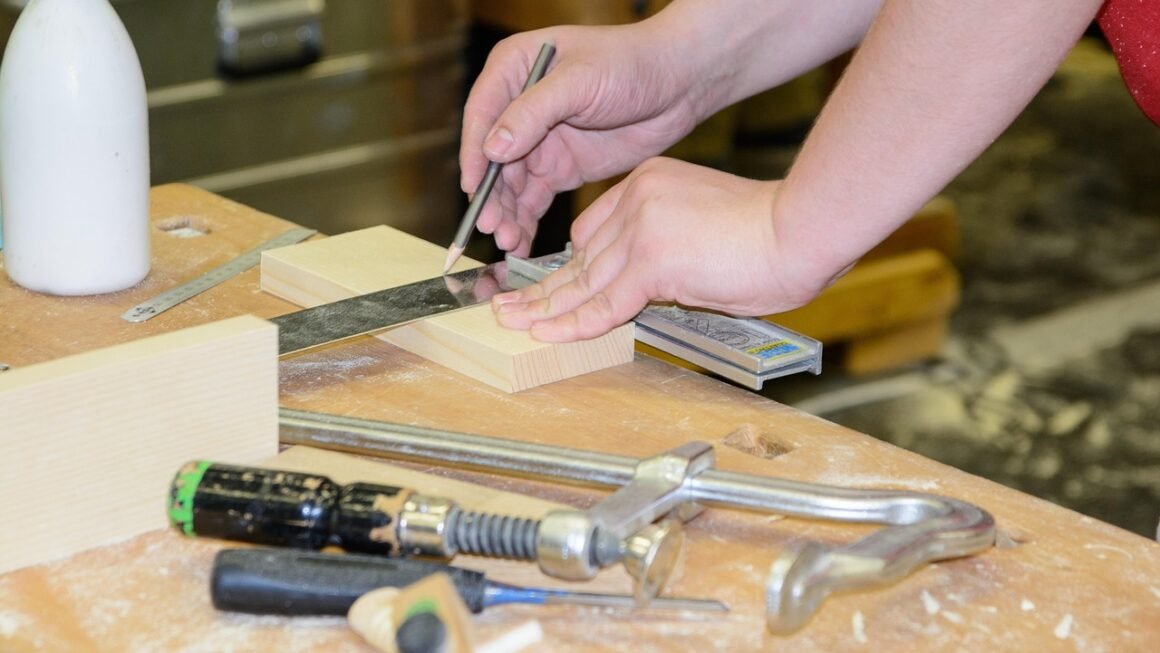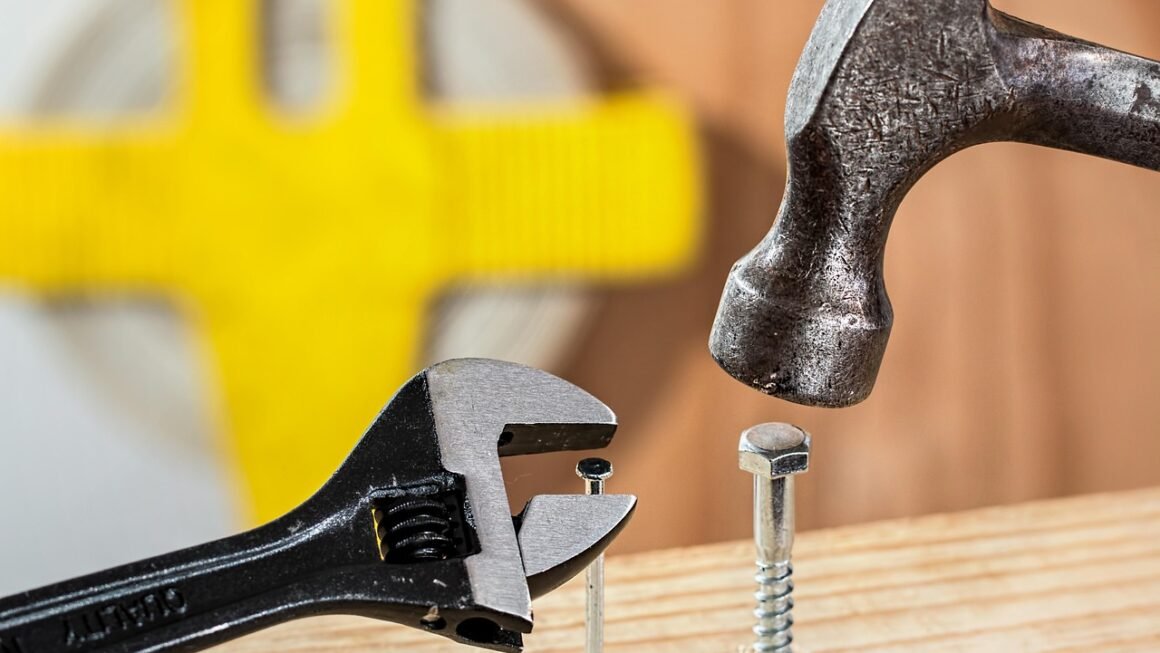Secateurs, also known as pruning shears, are an indispensable tool for any gardener, from the casual hobbyist to the seasoned professional. More than just scissors for plants, they are precision instruments designed to make clean cuts that promote healthy growth. Choosing the right pair, understanding how to use them properly, and maintaining them diligently will significantly impact the health and vitality of your garden. This comprehensive guide will delve into the world of secateurs, exploring the different types, their uses, maintenance, and everything you need to know to make the best choice for your gardening needs.
Types of Secateurs
Secateurs come in various designs, each suited for specific tasks and plant types. Understanding the differences will help you choose the right tool for the job and ensure clean, healthy cuts.
Bypass Secateurs
- Mechanism: Bypass secateurs function much like scissors. Two blades slide past each other to make a cut.
- Ideal For: Cutting living green wood. The clean scissor-like action minimizes crushing and bruising plant tissue, which is essential for healthy regrowth.
- Example: Ideal for pruning roses, shrubs, and small trees where clean cuts are vital for preventing disease.
- Benefits:
Clean cuts that promote healthy growth.
Less likely to damage plant tissue.
Excellent for precision pruning.
- Considerations: Can be more expensive than anvil secateurs.
Anvil Secateurs
- Mechanism: Anvil secateurs have a single blade that closes onto a flat, broad surface (the anvil). This type of secateur crushes the stem as it cuts.
- Ideal For: Cutting dead or dry wood. The crushing action is less critical for dead wood and can be more effective at cutting thicker branches.
- Example: Suitable for pruning dead branches from fruit trees or removing thick, dried stems from perennials.
- Benefits:
Powerful cutting action, ideal for thicker stems.
Generally more affordable than bypass secateurs.
Require less force to cut through tough material.
- Considerations: Not ideal for living green wood, as they can crush and damage plant tissue, increasing the risk of disease.
Ratchet Secateurs
- Mechanism: Ratchet secateurs use a ratcheting mechanism that allows you to make cuts in stages. You squeeze the handles a little at a time, and the blade advances with each squeeze.
- Ideal For: Gardeners with limited hand strength or those who need to cut thicker branches without straining.
- Example: A gardener with arthritis might find ratchet secateurs invaluable for pruning thicker rose bushes or small fruit trees.
- Benefits:
Reduces hand strain and fatigue.
Ideal for those with limited hand strength.
* Can cut thicker branches than other types of secateurs with the same effort.
- Considerations: Can be slower to use than other types, as you need to squeeze the handles multiple times for each cut.
Choosing the Right Secateurs
Selecting the right secateurs depends on several factors, including the types of plants you’ll be pruning, the size of the branches you’ll be cutting, and your own hand strength and comfort.
Size and Ergonomics
- Hand Size: Choose secateurs that fit comfortably in your hand. If the handles are too large or too small, you’ll experience fatigue and discomfort.
- Ergonomic Design: Look for secateurs with ergonomic handles that are designed to reduce strain on your hand and wrist. Some models have rotating handles, which further minimize stress.
- Weight: Consider the weight of the secateurs. Lighter models are easier to use for extended periods, while heavier models may offer more power.
Blade Quality and Material
- Steel Type: High-carbon steel blades are the most durable and hold their edge the longest. Stainless steel blades are rust-resistant but may not be as strong.
- Coating: Some blades are coated with Teflon or other non-stick materials. This can help prevent sap and debris from sticking to the blade, making it easier to clean and maintain.
- Replaceable Blades: Opt for secateurs with replaceable blades. This allows you to extend the life of your tool by simply replacing the blades when they become dull or damaged.
Intended Use
- Type of Plants: Consider the types of plants you’ll be pruning. For delicate plants like roses, bypass secateurs are the best choice. For thicker, drier branches, anvil secateurs may be more suitable.
- Branch Diameter: Check the maximum cutting diameter specified by the manufacturer. Choose secateurs that can handle the types of branches you’ll be pruning. Most quality secateurs handle branches up to 2cm diameter easily.
How to Use Secateurs Properly
Using secateurs correctly is essential for making clean cuts that promote healthy plant growth and preventing damage to your plants.
Making the Cut
- Angle of Cut: Cut at a 45-degree angle just above a bud or node. This encourages growth in the desired direction and prevents water from pooling on the cut surface, which can lead to rot.
- Clean Cuts: Make sure the blades are sharp and clean to ensure a clean cut. Ragged or torn cuts can leave plants vulnerable to disease.
- Correct Blade Placement: When using bypass secateurs, position the blade so that it cuts cleanly through the stem without crushing it. With anvil secateurs, ensure the stem is firmly supported on the anvil.
- Pruning Deadwood: When pruning deadwood, cut back to healthy tissue. This will prevent the spread of disease and encourage new growth.
Safety Precautions
- Wear Gloves: Always wear gloves to protect your hands from thorns, sap, and sharp blades.
- Eye Protection: Consider wearing eye protection to shield your eyes from flying debris.
- Proper Grip: Maintain a firm grip on the secateurs to prevent them from slipping.
- Avoid Overreaching: Don’t overreach or strain yourself while pruning. Use a ladder or pruning saw for higher branches.
Maintaining Your Secateurs
Proper maintenance is crucial for keeping your secateurs in good working condition and extending their lifespan.
Cleaning
- After Each Use: Clean the blades after each use to remove sap, dirt, and debris. Use a damp cloth or brush.
- Disinfecting: Disinfect the blades regularly, especially after pruning diseased plants. Use a solution of diluted bleach or rubbing alcohol.
- Drying: Dry the blades thoroughly after cleaning to prevent rust.
Sharpening
- When to Sharpen: Sharpen the blades when they become dull or start to tear plant tissue.
- Sharpening Tools: Use a sharpening stone or file to sharpen the blades. Follow the manufacturer’s instructions for the correct angle and technique.
- Professional Sharpening: If you’re not comfortable sharpening the blades yourself, take them to a professional.
Oiling and Lubrication
- Oiling: Oil the blades and moving parts regularly to keep them lubricated and prevent rust. Use a light machine oil or specialized tool oil.
- Lubrication: Lubricate the pivot point and other moving parts to ensure smooth operation.
Common Problems and Solutions
Even with proper care, you may encounter some common problems with your secateurs. Here are some solutions:
Blades Not Cutting Cleanly
- Problem: Dull blades
- Solution: Sharpen the blades using a sharpening stone or file.
- Problem: Bent or damaged blades
- Solution: Replace the blades or take the secateurs to a professional for repair.
Handles Sticking or Binding
- Problem: Lack of lubrication
- Solution: Apply oil or lubricant to the pivot point and other moving parts.
- Problem: Dirt or debris buildup
- Solution: Clean the handles and moving parts thoroughly.
Secateurs Not Cutting Thick Branches
- Problem: Using the wrong type of secateurs
- Solution: Use anvil secateurs for thicker branches or consider using a pruning saw.
- Problem: Applying insufficient force
- Solution: Use ratchet secateurs or secateurs with a longer handle for more leverage.
Conclusion
Secateurs are a vital tool for any gardener looking to maintain healthy and thriving plants. By understanding the different types of secateurs, choosing the right tool for the job, using them properly, and maintaining them diligently, you can ensure clean cuts that promote healthy growth and prevent disease. Investing in quality secateurs and taking good care of them will pay off in the long run, making your gardening tasks easier and more enjoyable, and ultimately leading to a more beautiful and productive garden.




